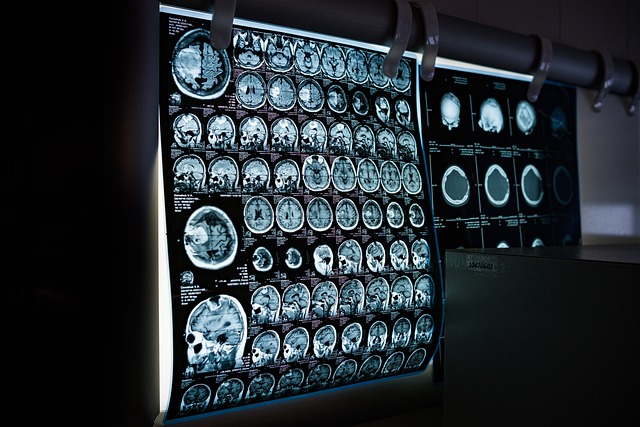In the Driver's Seat: The Emergence and Impact of Advanced Driver-Assistance Systems
As you coast down a highway, your car chauffeurs its way past traffic, with tight control on the throttle, steering, and brakes. Welcome to the future, where Advanced Driver-Assistance Systems, or ADAS, are reforming our driving experience.

Delving into the Past: Origin of ADAS
Born from the pursuit for enhanced safety and advanced technology, ADAS has its roots back in the 1970s. In a bid to reduce human error and enhance comfort, early ADAS technologies featured simpler systems like Anti-lock Braking System (ABS) and Electronic Stability Program (ESP). These systems laid the groundwork for a future of self-reliant automobiles and prompted rigorous research into autonomous driving technologies.
From Vision to Reality: The Rise of ADAS Technologies
Fast-forward a few decades, and ADAS has grown to include an array of functionalities. Systems like Adaptive Cruise Control (ACC), Lane Departure Warning (LDW), and Forward Collision Warning (FCW), autonomously manage various vehicle operations. They leverage ultrasonic sensors, radar, and cutting-edge software algorithms, unfolding a paradigm shift from ‘supporting’ the driver to ‘replacing’ the driver.
Industry Shift: Today’s Adoption and Future Prospects
The adoption of ADAS has spiraled exponentially over the past few years. Increasing consumer demand for safety and comfort, coupled with robust support from global safety regulatory bodies, drives this trend. Moreover, as advancements in ADAS continue, the industry is moving towards developing fully autonomous vehicles, a testament to the epochal importance of ADAS as a facet in the modern automotive industry.
The Ripple Effect: Impact and Challenges of ADAS
The impact of ADAS has been incredibly profound. It has resulted not only in a safer driving experience but also in improved fuel efficiency and reduced traffic congestion. However, the path was not always smooth. Technical constraints, like sensor vulnerabilities and the high cost of implementation, presented considerable obstacles. What’s more, the question of legal liability in case of an autonomous system failure remains a significant issue.
Peering into the Future: What Lies Ahead
Given the potential benefits and the rapid growth in ADAS technology, we can envision that the future of driving will be safer and more efficient. With further research and advancements, we might soon be traveling in a world where accidents are rare, traffic snarls are a thing of the past, and we have the freedom to do as we please, while our cars handle the driving.
In a nutshell, ADAS represents a critical transition from human-operated cars to autonomous vehicles. As we hurtle into this future, it’s essential to be aware of how it all started and where we might possibly end up. The implications of ADAS, both the advantages and the hurdles, are crucial in understanding and appreciating the future of automobiles. The world of driving is being revolutionized, and at its forefront, is the rising influence of Advanced Driver-Assistance Systems.
So, buckle up! We’re poised to ride into a new era of driving; one defined by safety, comfort, and technology.




